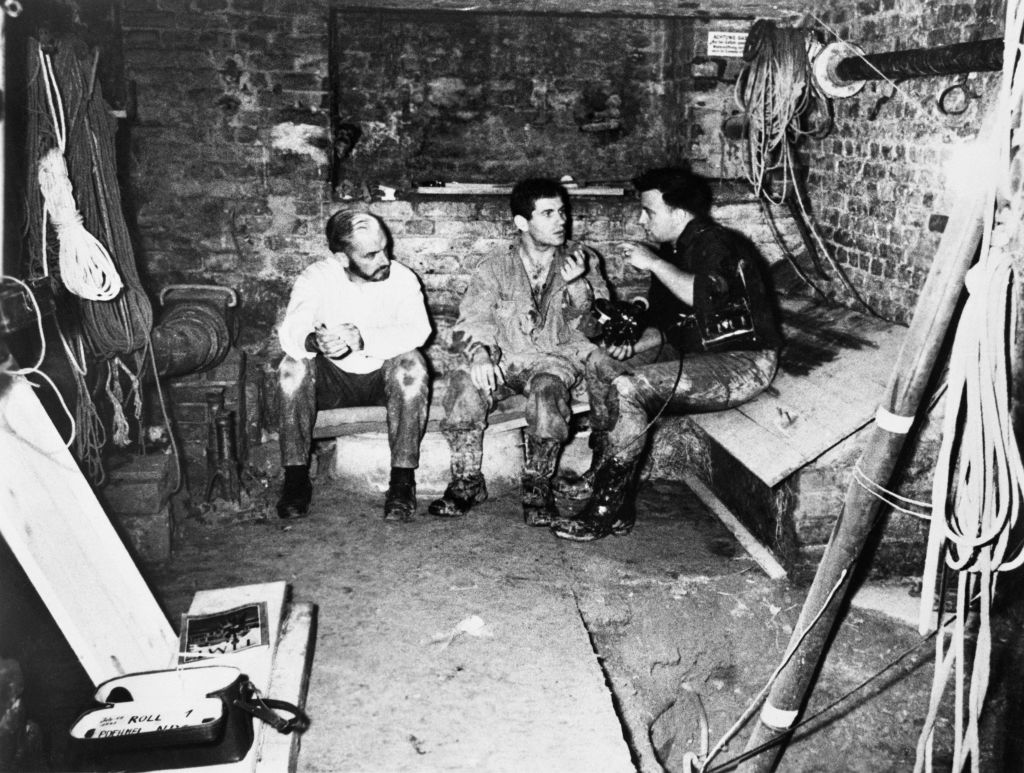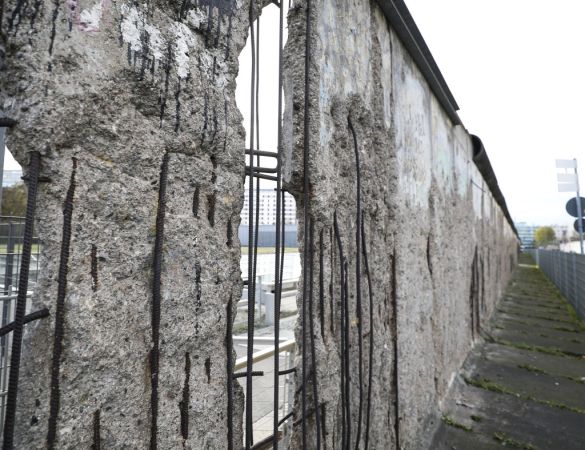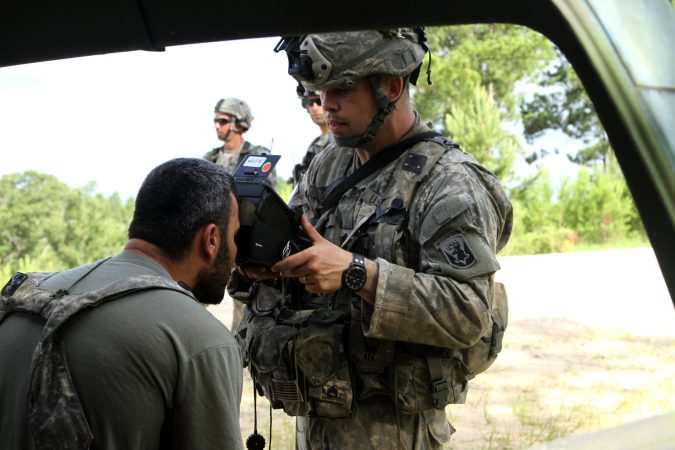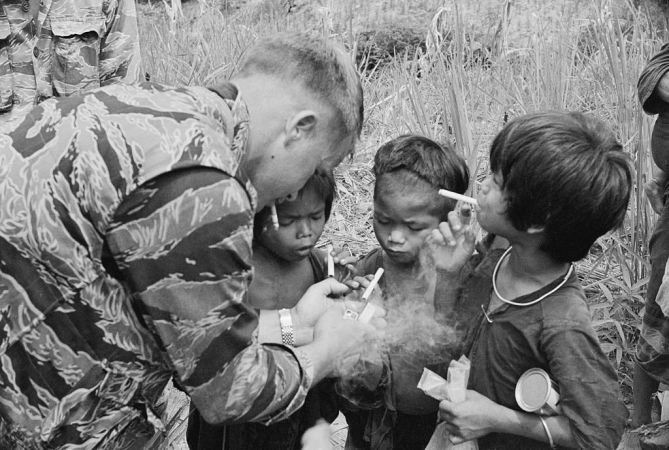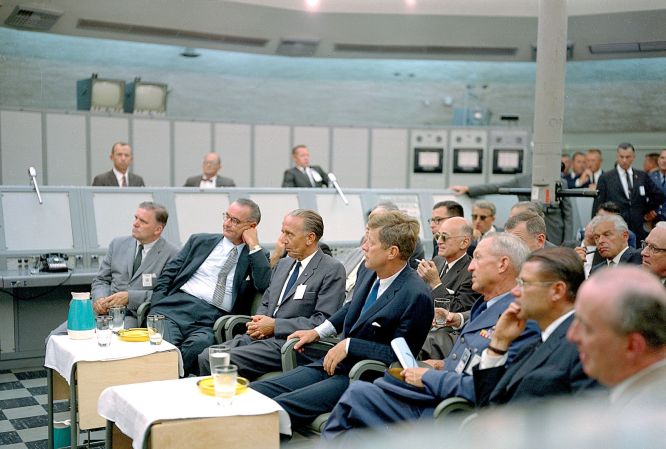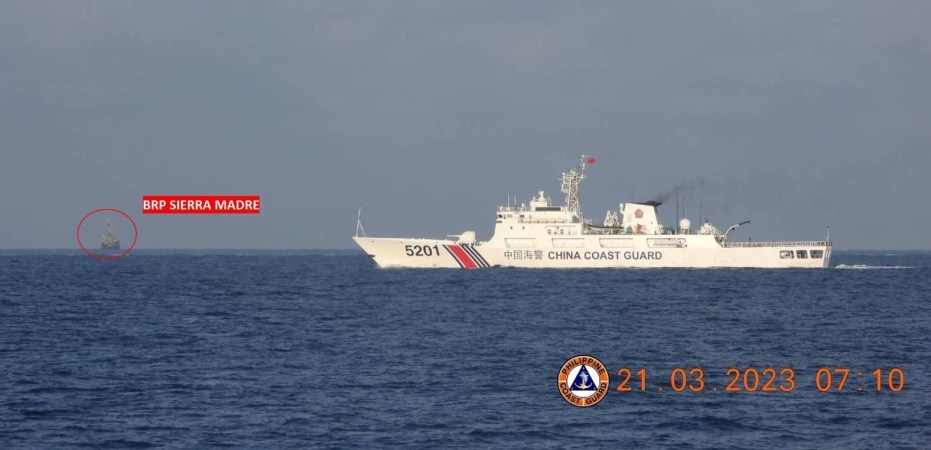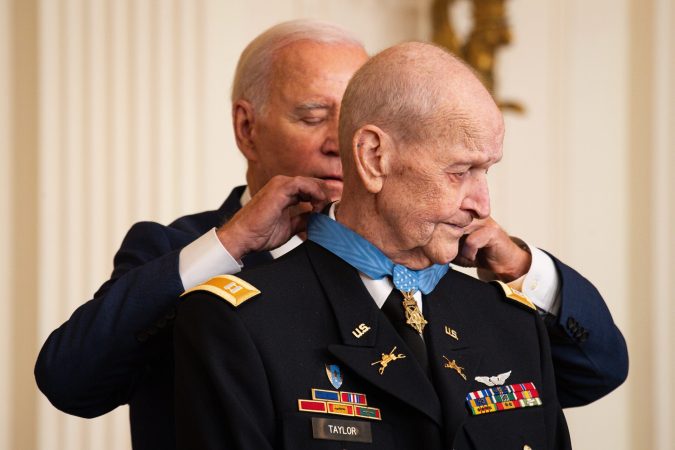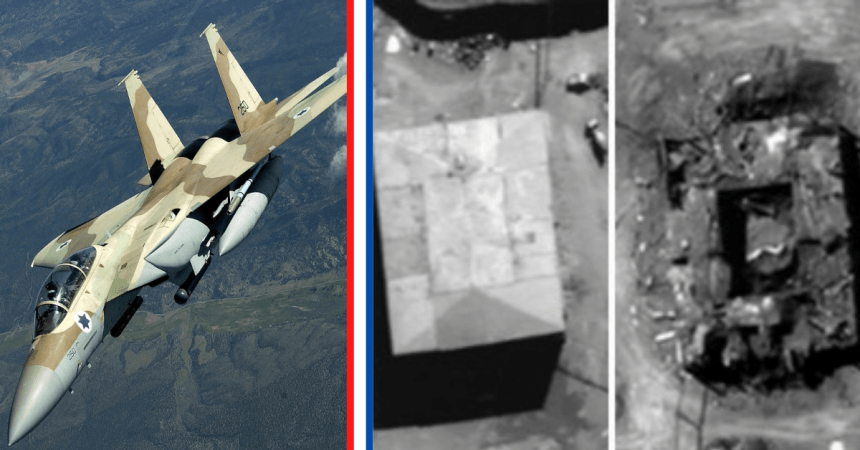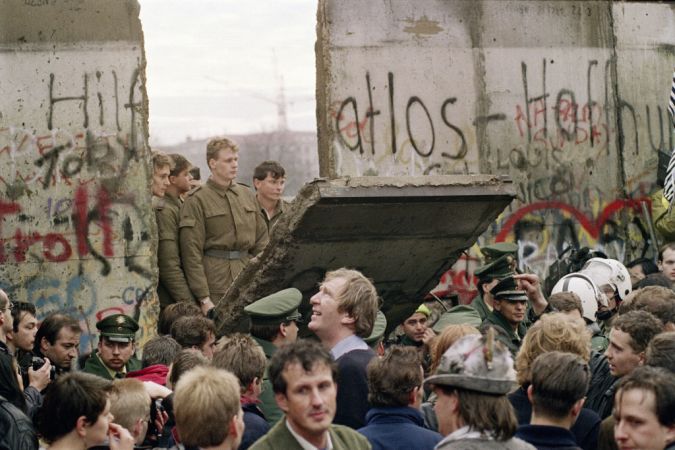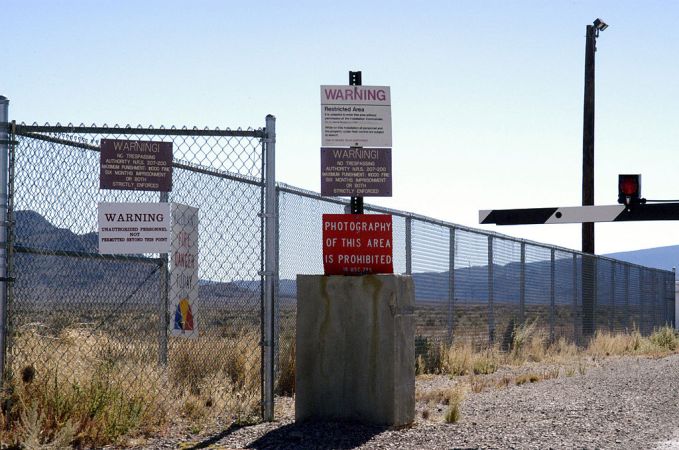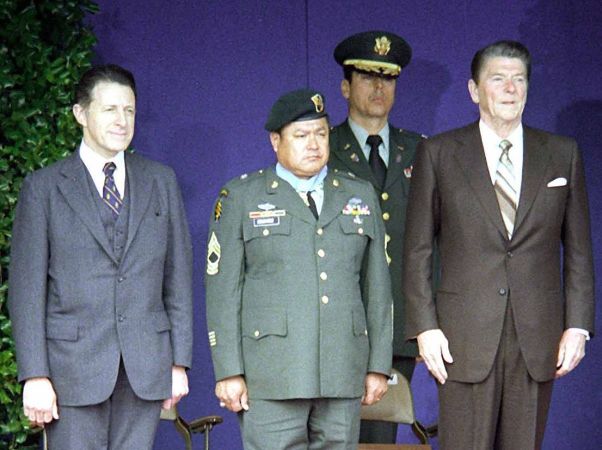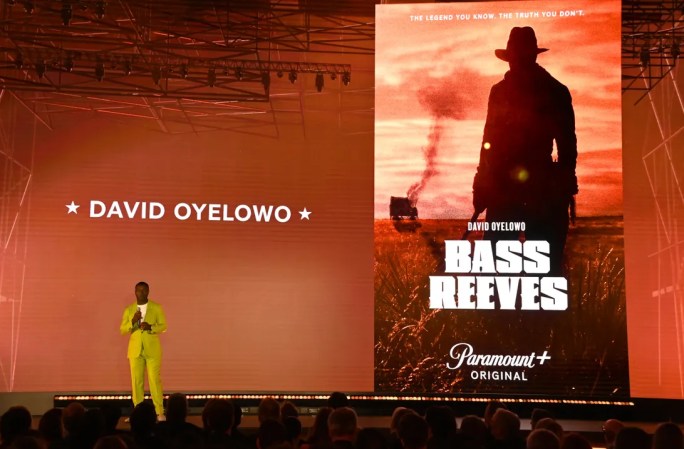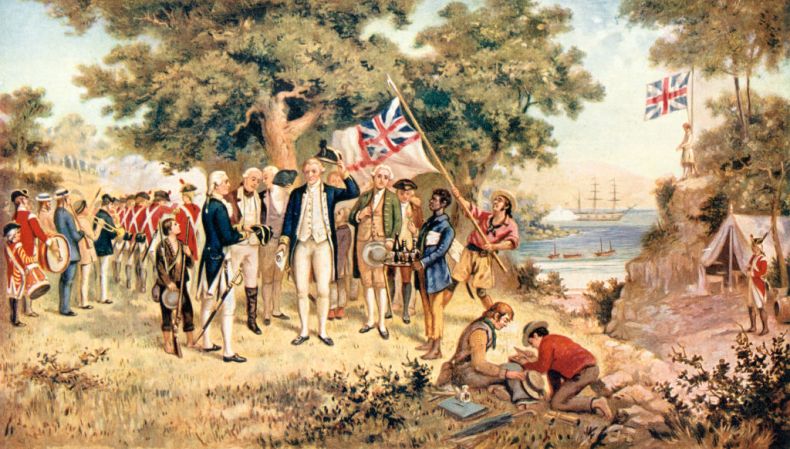CIA missions are literally the stuff movies are made from. Don’t believe us? Imagine pulling a Soviet submarine from the ocean floor or using a sham Hollywood company to rescue American diplomats. Welcome to the CIA’s lesser-told tales, where these high-stakes operations are just the tip of the iceberg.
Founded in 1947, the CIA is one of the most enigmatic and powerful agencies in the United States. The organization has been at the helm of countless covert operations and intelligence missions. And sometimes, some of the Agency’s most-daredevil exploits come to light. These aren’t your run-of-the-mill James Bond escapades; they are missions grounded in reality but extraordinary in execution.
For example, do you remember that time the CIA ran a top-secret program from 1953 to 1973 that involved conducting hundreds of mind-control experiments on U.S. citizens? Hello, Project MK-Ultra. It’s wild to think about now, but here’s the thing. The CIA conducts these covert ops all the time and most of us don’t know boo. So, here’s a deep dive into five fascinating CIA missions.
Project FF and the blueprint for change
In 1952, Kermit “Kim” Roosevelt Jr., was given a very sensitive task. This famed political Roosevelt family descendant and the head of the CIA’s Near East and Africa division was no stranger to covert ops. But his new mission was pretty out there. He got orders to encourage Egypt’s King Farouk to enact reforms aimed at curbing revolutionary fervor within Egypt. This CIA mission, informally dubbed Project FF, was a critical chess move in the greater geopolitical game. The codename FF derived from an unflattering nickname the CIA had for King Farouk, owing to his extravagant lifestyle.
Efforts to work with Farouk failed. The focus changed quickly. The Society of Free Officers led a military coup overnight between July 22 and 23. They replaced Farouk with Col. Gamal Abdel Nasser. Farouk went into exile in Italy. However, the impact of Project FF remained. Miles Copeland Jr., the CIA’s chief in Cairo then, believed that Project FF prepared for Operation Ajax. Operation Ajax staged a successful coup in Iran in 1953, proving the CIA’s strong influence on global events.
U-2 spy plane: Eye in the sky
On November 25, 1954, President Eisenhower approved the U-2 aircraft’s development. This decision boosted American intelligence capabilities. The U-2 first flew over Eastern Europe on June 20, 1956. On July 4, it flew over the Soviet Union. These flights gave vital reconnaissance data. However, on May 1, 1960, risks increased. Russia shot down a U-2 flight with pilot Francis Gary Powers over Sverdlovsk. Powers was captured but later returned to the U.S. in a highly publicized prisoner exchange depicted in the movie, “Bridge of Spies.”
Yet, perhaps the most defining aspect of this CIA mission was during the Cuban Missile Crisis. On October 14, 1962, the CIA dispatched U-2s to survey Cuba. The aerial photographs they took confirmed the presence of Soviet nuclear missiles aimed at the U.S., triggering a tense standoff from October 15-28, 1962. The U-2’s mission was crucial in providing the intelligence that helped America navigate this perilous moment in history.
The Berlin Tunnel
CIA officer Bill Harvey conceived the Berlin Tunnel or Operation GOLD. On May 11, 1954, they finished the tunnel. It let the CIA and British Intelligence (MI-6) tap Soviet cables in East Berlin. But there was a problem. George Blake, a spy inside MI-6 for the KGB, leaked the plan.
The KGB knew everything from the start. But they waited. They wanted to protect Blake, their mole. So, in April 1956, they pretended to discover the tunnel during a cable repair. Yet, the Berlin Tunnel wasn’t a complete loss. It gave valuable insights into the Soviet military. Many in the intelligence world still view it as a success.
Project COLDFEET
Before James Bond or Batman made the Fulton Skyhook system a household name in their thrilling on-screen adventures, CIA missions were all about covert ops. Enter Project COLDFEET, a daring mission executed in 1961. When the U.S. discovered an abandoned Soviet research station on a drifting ice island in the Arctic, the CIA saw an opportunity too tempting to pass up.
Two brave Navy pilots were airdropped onto the perilous ice on May 28, 1962. They were tasked with collecting critical intelligence from the deserted station. The catch? They needed a way to be extracted along with the invaluable data they gathered. That’s where Robert Fulton’s Skyhook came in, a marvel of airborne retrieval technology. A B-17 aircraft, specially equipped with this device, was the answer to this logistical puzzle.
By June 2, the CIA, with the aid of the Skyhook system, managed to successfully retrieve both the pilots and a whopping 150 pounds of vital information, including documents, samples, and equipment the Soviets had left behind. Project COLDFEET was not just an operation. It was a showcase of ingenuity and audacity.

The Deep-Sea Coup
Imagine a CIA mission as intricate as standing atop the Empire State Building, lowering an 8-foot-wide grappling hook tied to a steel rope to the street below, grabbing a car full of gold, and hoisting it back up—all without anyone noticing. That’s precisely the kind of audacity that defined Project AZORIAN. In 1974, the CIA engineered a specialized ship, the Glomar Explorer, with one mission in mind: to lift a sunken Soviet submarine from the depths of the Pacific Ocean.
The public was fed a cover story that billionaire Howard Hughes was conducting deep-sea research and mining manganese nodules. But in reality, this was a clandestine operation aimed at securing Soviet naval secrets. While the mission became public knowledge on March 18, 1975, due to media exposure, its strategic success was undeniable. It remains one of the most awe-inspiring intelligence operations of the Cold War era.
The last word on CIA legends
If the CIA’s missions were a Hollywood screenplay, even the most creative directors might say, “This can’t be real.” Yet, here we stand, with true stories that far outpace fiction. From audacious Arctic adventures in Project COLDFEET to deep-sea escapades in Project AZORIAN, these missions underscore the CIA’s relentless pursuit of American security and global stability.
In these untold tales, we witness the CIA using a blend of technological innovation, strategic planning, and good old-fashioned audacity to achieve their goals. Each story showcases different facets of what makes this organization not just an intelligence agency, but a symbol of American resilience, ingenuity and prowess. These aren’t merely past episodes, but an ongoing legacy. The men and women who put these missions into action—like the pilots navigating treacherous Arctic landscapes, the engineers developing cutting-edge technology like the U-2 spy planes, or the brilliant minds who conceived operations like the Berlin Tunnel—have set the standard for excellence.
So the next time you find yourself engrossed in a spy thriller, remember that reality has often outdone fiction, thanks to the CIA’s daring and ingenuity. The tales may seem untold, but the impacts reverberate through our history and continue to shape our future. Mission accomplished.


